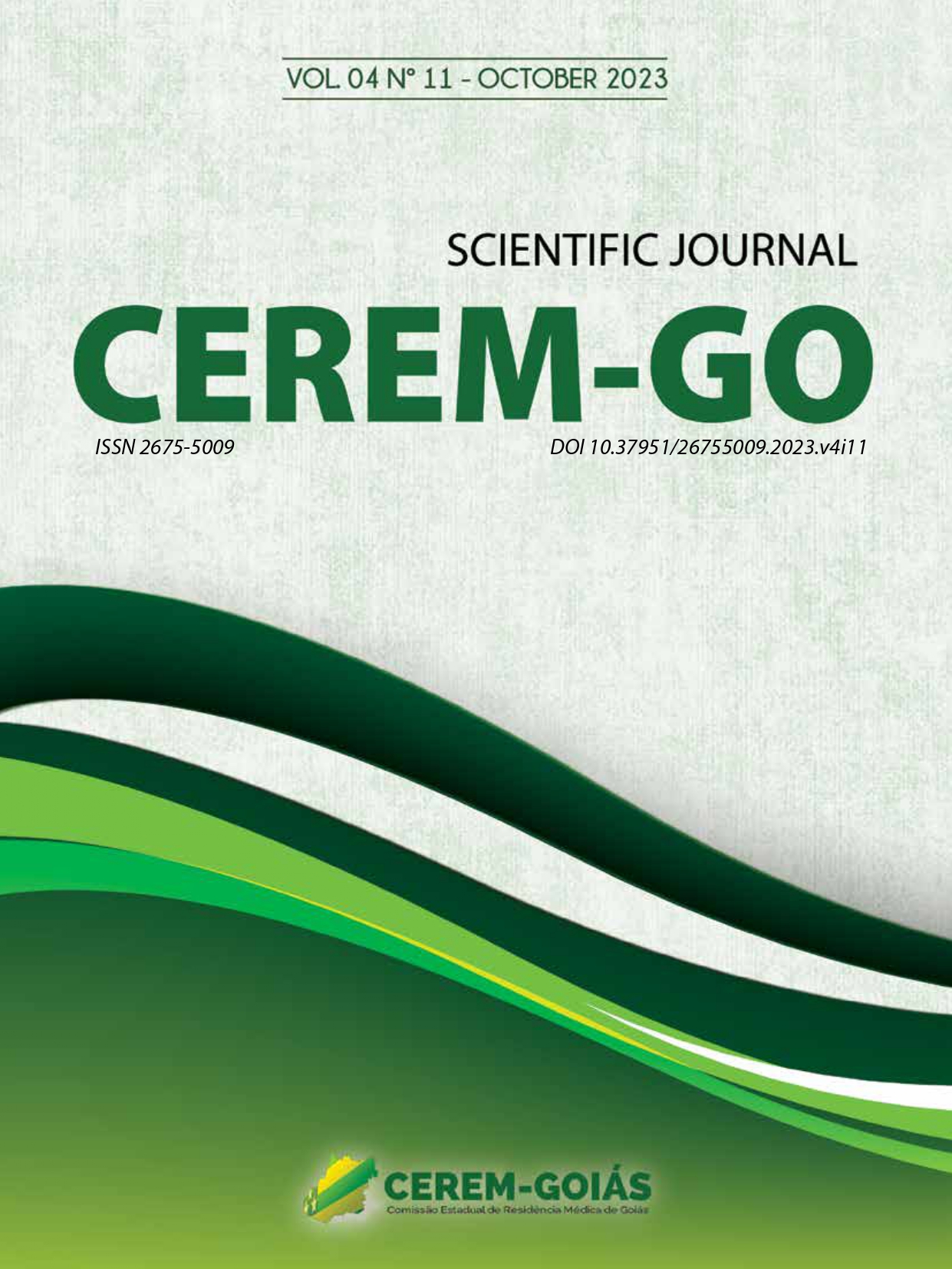CASE REPORT
ANESTHESIA FOR DENTAL PROCEDURE IN A PATIENT WITH SCLERODERMA AND DIFFICULT AIRWAY
DOI:
https://doi.org/10.37951/2675-5009.2023v4i11.114Keywords:
SYSTEMIC SCLERODERMA, AIRWAY MANAGEMENT, INTUBATION, ORAL SURGICAL PROCEDURES, ENDOTRACHEAL ANESTHESIAAbstract
Scleroderma is a chronic autoimmune rheumatic disease that causes progressive sclerosis of the connective tissue and microcirculation, evolving variable levels of tissue fibrosis, which may represent a challenge in procedures that require an advanced airway due to fibrosis of the perioral tissues with limited mouth opening and cervical extension. This article presents the case of a male patient with predictors of difficult intubation due to the physical alterations of systemic scleroderma who underwent multiple tooth extractions under general anesthesia with nasotracheal intubation with fiberscope after intratracheal anesthesia in the awake patient. The intraoperative period was uneventful, and the patient was extubated after effective awakening. The anesthesiologist uses assessments of several clinical variables to predict an airway that is difficult to manage, and the success of the procedure is linked to a thorough evaluation of the patient and the planning of adequate strategies.




